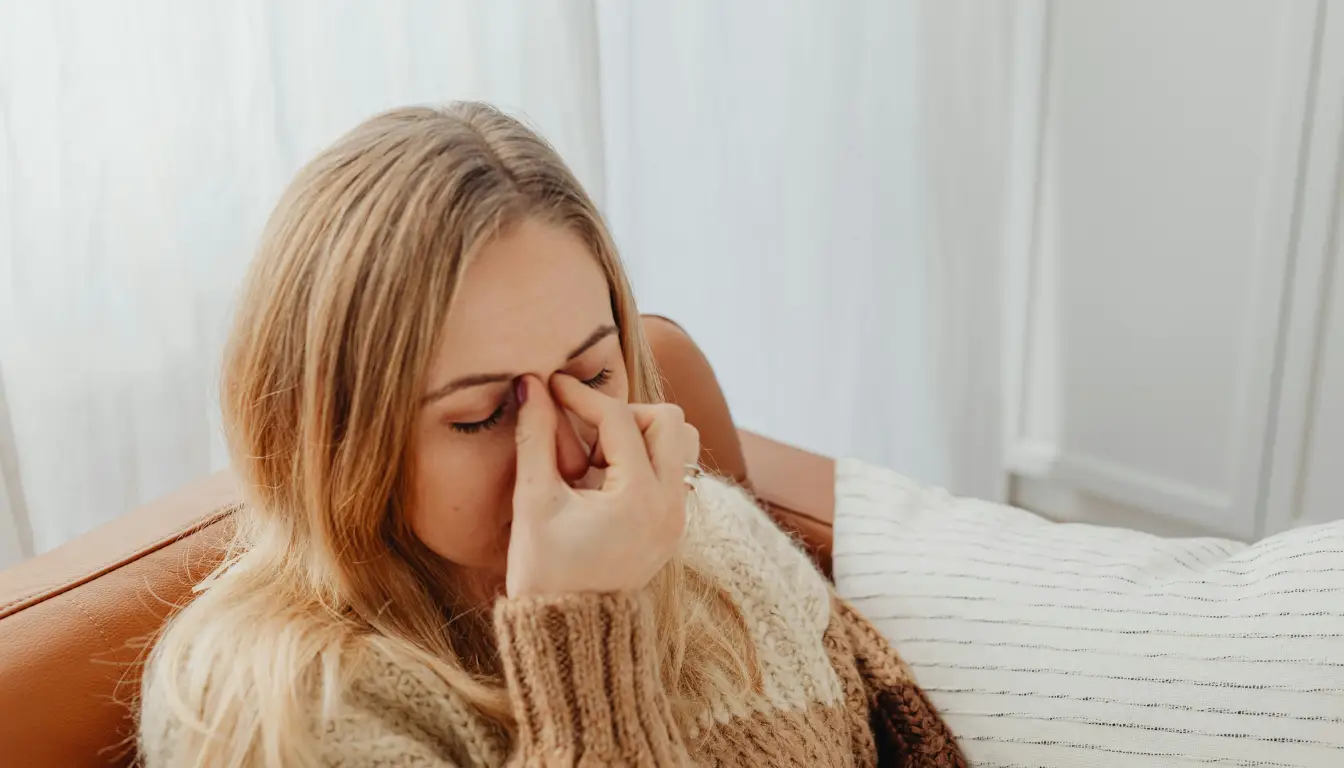In today’s fast-paced world, natural tension relief is essential. Whether you’re wondering how to relieve stress for a woman or how to relieve stress quickly at home, these techniques can help. Here are seven powerful methods to achieve instant calm.
1. Deep Breathing Exercises

One of the most effective ways to calm your mind and body quickly is through deep breathing. Find a quiet place where you can sit or lie down comfortably. Close your eyes and take a deep breath in through your nose, hold it for a few seconds, and then slowly exhale through your mouth. Repeat this process several times. Deep breathing increases oxygen flow to your brain, helping to clear your mind and reduce anxiety.
2. Progressive Muscle Relaxation Techniques

Stress often causes our muscles to tense up. Progressive muscle relaxation is a technique where you tense and then slowly relax different muscle groups in your body. Start from your toes and work your way up to your head. Tense each muscle group for about five seconds and then relax for thirty seconds. This exercise helps release physical tension and promotes a sense of calm and relaxation.
3. Yoga Poses for Instant Calmoses

Yoga is known for its stress-relieving benefits. Simple yoga poses like Child’s Pose or Downward Dog can help alleviate tension and improve mental clarity. You don’t need to be an expert to benefit from yoga. Even a few minutes of stretching and breathing can make a significant difference. Yoga combines physical movement with mindfulness, helping you connect with your body and mind.
Yoga Mat with Carrying Strap: Visit the Amazon Basics Store
4. Guided Imagery
Guided imagery is a technique where you use your imagination to create calming images in your mind. Find a quiet place to sit or lie down. Close your eyes and imagine yourself in a peaceful place, like a beach or a forest. Focus on the sights, sounds, and smells of this place. Guided imagery can help distract you from your worries and promote a sense of peace and relaxation.
Read: 7 Powerful Daily Exercises For Health And Energy Boost
5. Guided Imagery for Stress Relief

Physical activity is a great way to relieve stress. Activities like walking, running, or cycling can help boost your endorphins, which are natural mood lifters. Even a short brisk walk can help reduce stress and improve your mood. Aerobic exercise increases blood flow and oxygen to your brain, helping you think more clearly and feel more energized.
6. Stretching Routines for Daily Relaxation

Stretching can help prevent tension from building up in your muscles. Take a few minutes to stretch different parts of your body. Focus on areas where you feel the most tension, such as your neck, shoulders, and back. Regular stretching can improve your flexibility and reduce muscle stiffness, making it easier to relax.
7. Meditation Practices for Mental Clarity

Meditation is one of the most effective ways to manage stress. It involves focusing your mind on the present moment and letting go of distracting thoughts. Find a quiet place to sit comfortably. Close your eyes and focus on your breath. If your mind wanders, gently bring your attention back to your breathing. There are many types of meditation, so find one that works best for you. Meditation can help reduce anxiety, improve your mood, and enhance your overall well-being.
Conclusion
Incorporating these stress relief exercises into your daily routine can have a significant impact on your overall well-being. Deep breathing, progressive muscle relaxation, yoga, guided imagery, aerobic exercise, stretching, and meditation are all effective ways to reduce stress and improve your mental and physical health. Remember, it’s important to take time for yourself and practice these exercises regularly. By doing so, you can manage stress more effectively and enjoy a more balanced and peaceful life.
Stress is a part of life, but with the right tools, you can handle it more effectively. Start with these simple exercises and see how they can help you melt away tension and improve your overall well-being.
Read Yoga ball workouts for beginners.
Disclaimer: This article is intended for informational purposes only and should not be construed as medical advice. It is always recommended to consult with a qualified healthcare provider before implementing any tension relief techniques or treatments discussed in this post. Additionally, please be aware that this post may contain affiliate links, which means I may earn a commission should you make a purchase using one of these links at no additional cost.






